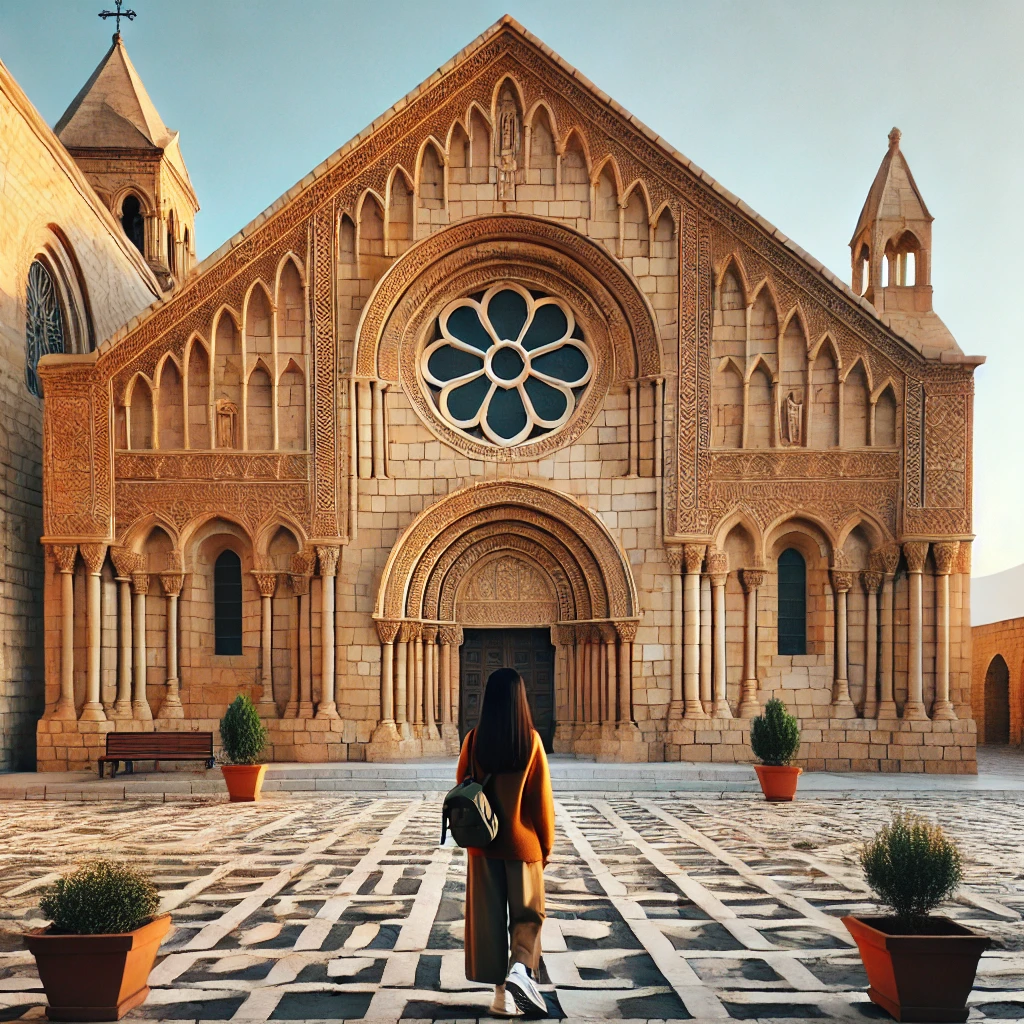ChatGPT:
León, located in the northwest of Spain, is a historic city known for its rich medieval heritage, stunning architecture, and vibrant cultural scene. Originally founded as a Roman military encampment, León rose to prominence during the medieval period as a key stop on the Camino de Santiago pilgrimage route.
León offers a blend of historical charm, cultural richness, and culinary delights, making it a great destination for visitors exploring northern Spain.
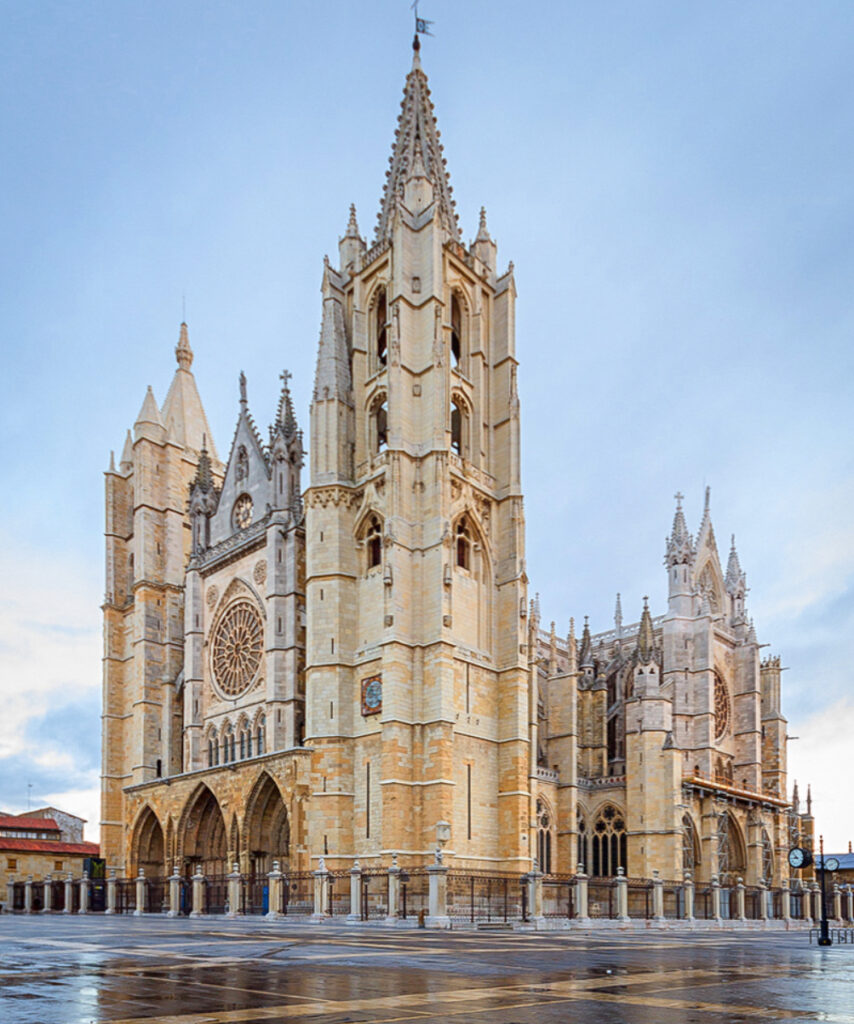
León, Spain, has a rich and varied history that dates back to its origins as a Roman military encampment. Its strategic location and later prominence in medieval Spain have shaped its development over the centuries. Here’s a breakdown of León’s historical evolution:
Roman Origins (1st century BCE)
León was originally founded as a Roman camp called Legio VI Victrix during the reign of Emperor Augustus in the 1st century BCE. The camp was strategically established to protect the gold mines in the nearby region of Las Médulas. By the late 1st century CE, another Roman legion, Legio VII Gemina, was stationed there, and from this legion, León derived its name. Over time, the settlement grew, and by the 3rd century, it had evolved into an important administrative and military center in Roman Hispania.
Visigothic and Early Medieval Period (5th–8th centuries)
After the fall of the Roman Empire in the 5th century, León came under Visigothic control. The Visigoths maintained it as a key city in northern Spain, although its importance waned somewhat during this time. The city faced several invasions and conflicts during this period, especially with the growing influence of the Muslim Umayyad Caliphate in the early 8th century.
The Kingdom of León (9th–13th centuries)
León truly rose to prominence in the 9th century when it became the capital of the Kingdom of León. The city was reconquered from the Moors by Alfonso III of Asturias in 856 and soon became a vital center for the Christian reconquest (Reconquista) against the Moors. Its position made it a critical stronghold in the northern Christian territories.
In the early 10th century, León replaced Oviedo as the capital of the Kingdom of Asturias, leading to the establishment of the Kingdom of León. During this period, the city flourished, becoming a political and cultural hub. It also became an essential stop on the Camino de Santiago, the famous pilgrimage route to Santiago de Compostela, bringing wealth and influence to the city.
One of León’s significant historical moments was the Cortes of León in 1188, under King Alfonso IX. These Cortes are considered by some historians as one of the earliest examples of a modern parliament, where representatives of the towns, nobility, and clergy gathered to discuss matters of the realm.
The Union with Castile and Later Middle Ages (13th–15th centuries)
In 1230, the Kingdom of León was permanently united with the Kingdom of Castile under Ferdinand III, creating the Crown of Castile, a powerful Christian kingdom. Though no longer the capital of an independent kingdom, León retained its importance, especially as a religious and pilgrimage center.
During the late Middle Ages, León developed further, with the construction of its Gothic León Cathedral beginning in the 13th century. The city remained prosperous, largely due to its agricultural resources and its continued importance on the Camino de Santiago.
Early Modern Period (16th–18th centuries)
León, like much of northern Spain, experienced relative decline during the early modern period. The city’s economic importance decreased as Spain’s focus shifted toward its growing empire in the Americas. However, it maintained its ecclesiastical significance, and many of the city’s medieval structures were preserved or restored during this period.
19th and 20th Centuries
In the 19th century, León, along with much of Spain, was affected by the Napoleonic Wars and the Peninsular War (1808–1814). The city was occupied by French forces but later liberated, though much of its infrastructure was damaged during this period.
The industrial revolution of the late 19th and early 20th centuries brought some modernization to León, primarily in the form of the railway, which helped connect the city to other parts of Spain. The discovery and development of coal mining in nearby areas also contributed to León’s economic recovery.
During the Spanish Civil War (1936–1939), León, like much of Castile, was in nationalist territory, which had lasting social and economic consequences. After the war, the city slowly recovered and grew through industrialization and the expansion of its urban landscape.
Modern León
In the second half of the 20th century and into the 21st, León has transformed into a vibrant regional capital. Its historic architecture, including the León Cathedral, the Basilica of San Isidoro, and the Casa Botines (a Modernist building designed by Antoni Gaudí), along with its role on the Camino de Santiago, make it an important tourist destination.
Today, León is known not only for its rich medieval history but also for its contemporary cultural scene, blending tradition with modern development.
León is home to a variety of historical monuments and tourist attractions, reflecting its rich Roman, medieval, and modern history. Here’s a list of the key sites to visit:
1. León Cathedral (Catedral de León)
- A stunning Gothic cathedral, known for its extraordinary stained glass windows, which cover nearly 1,800 square meters, considered some of the finest in Europe.
- Construction began in the 13th century, and it remains one of Spain’s most important Gothic structures.
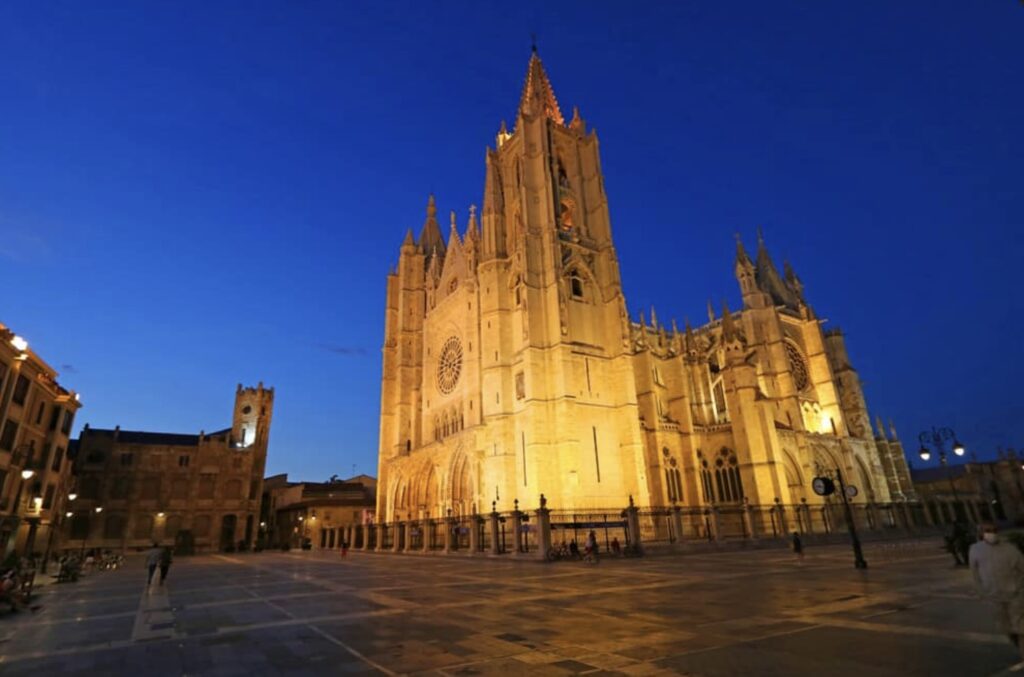
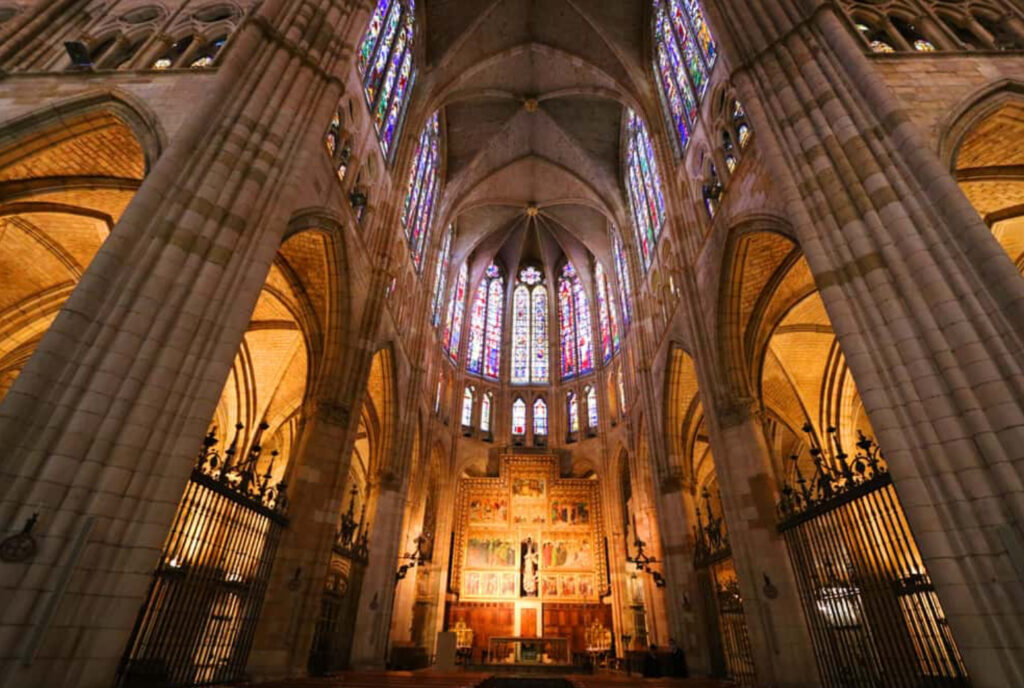
2. Basilica of San Isidoro (Basílica de San Isidoro)
- A Romanesque church built in the 11th century, famous for its Pantheon of Kings, which contains the tombs of Leonese monarchs.
- The frescoes in the Pantheon are often referred to as the “Sistine Chapel of Romanesque Art.”
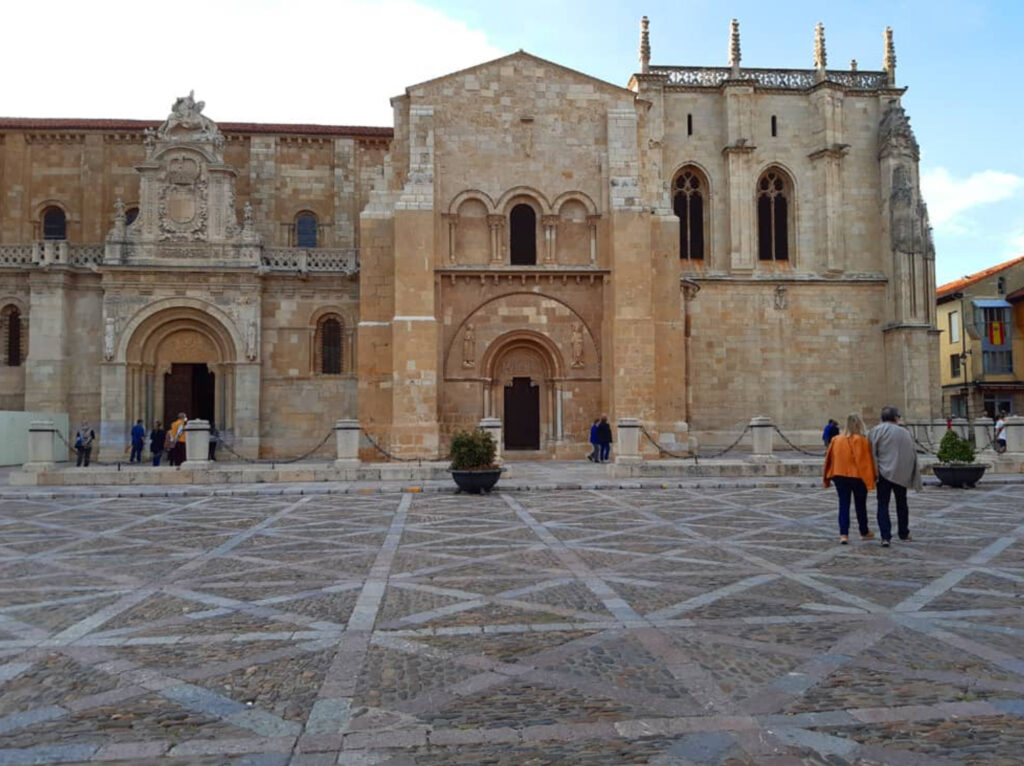
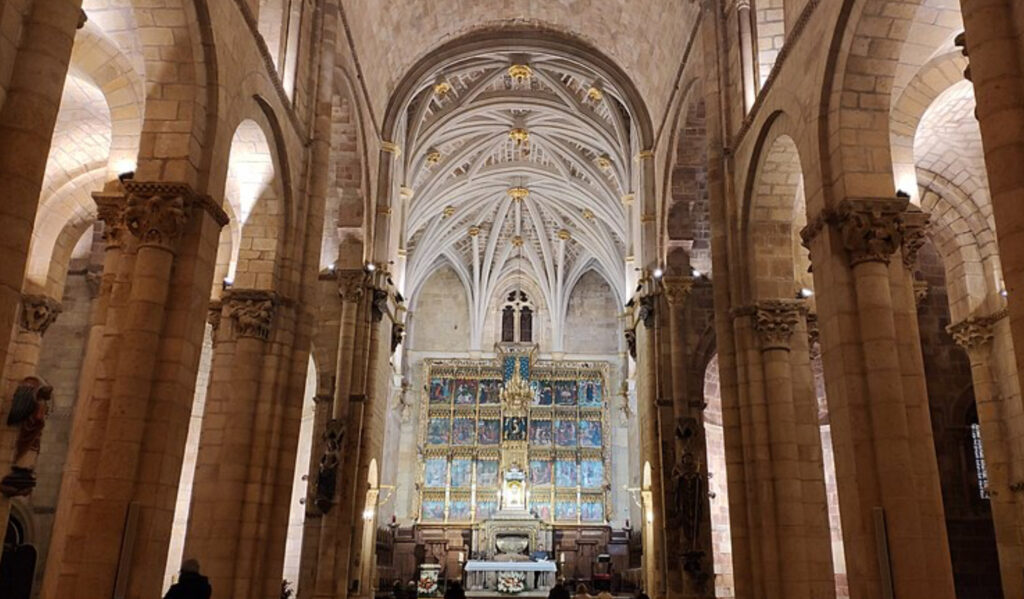
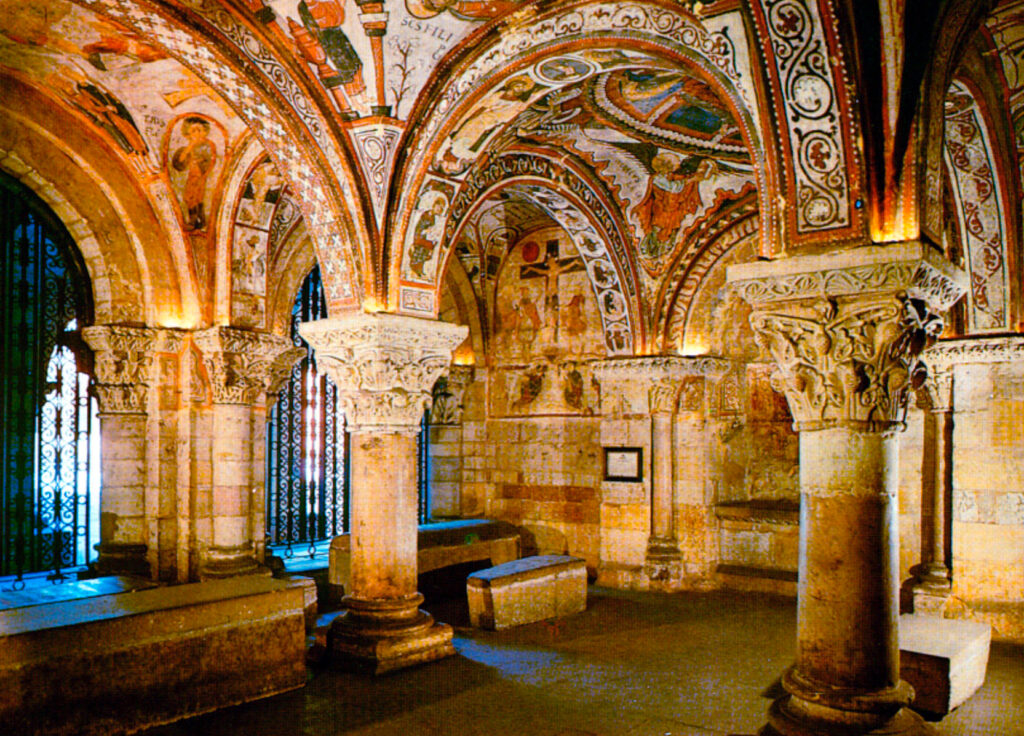
3. Casa Botines
- A Modernist building designed by Antoni Gaudí in the late 19th century.
- Originally a textile warehouse and office, it is now a museum dedicated to Gaudí and his works.
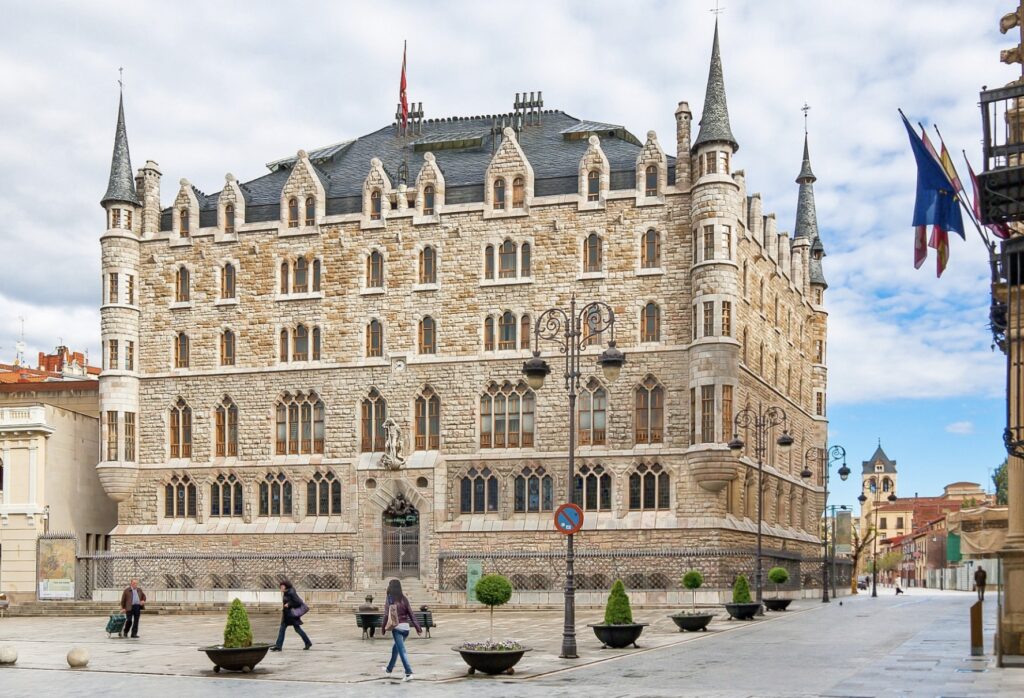
4. San Marcos Monastery (Convento de San Marcos)
- Originally built as a convent for the Order of Santiago in the 16th century, it later became a hospital for pilgrims.
- The building is now a luxury Parador Hotel and museum, boasting Renaissance architecture.
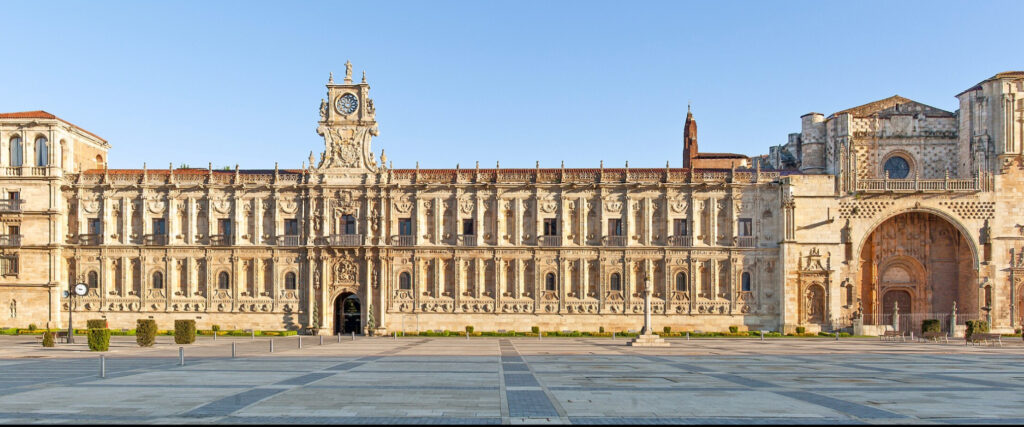
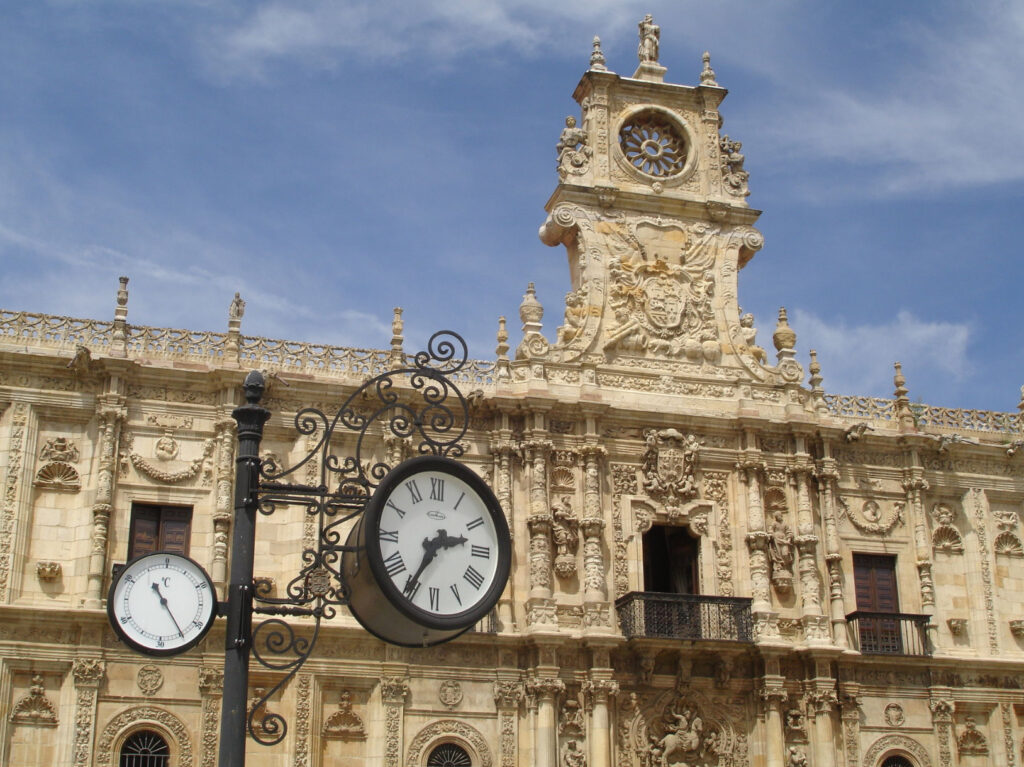
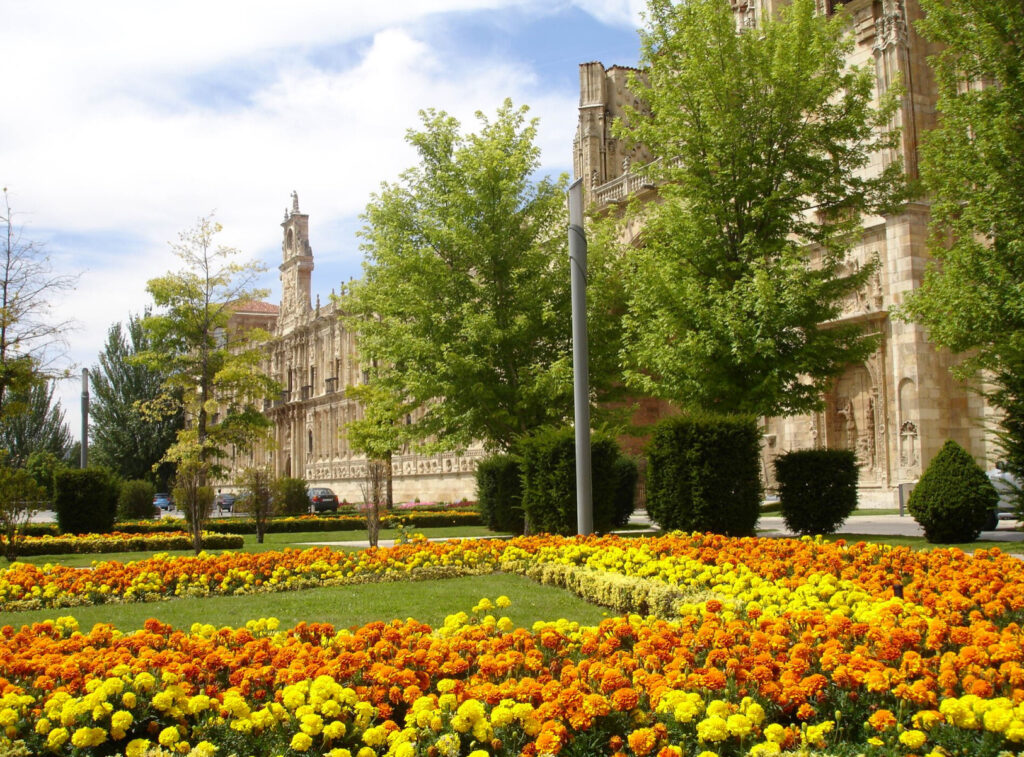
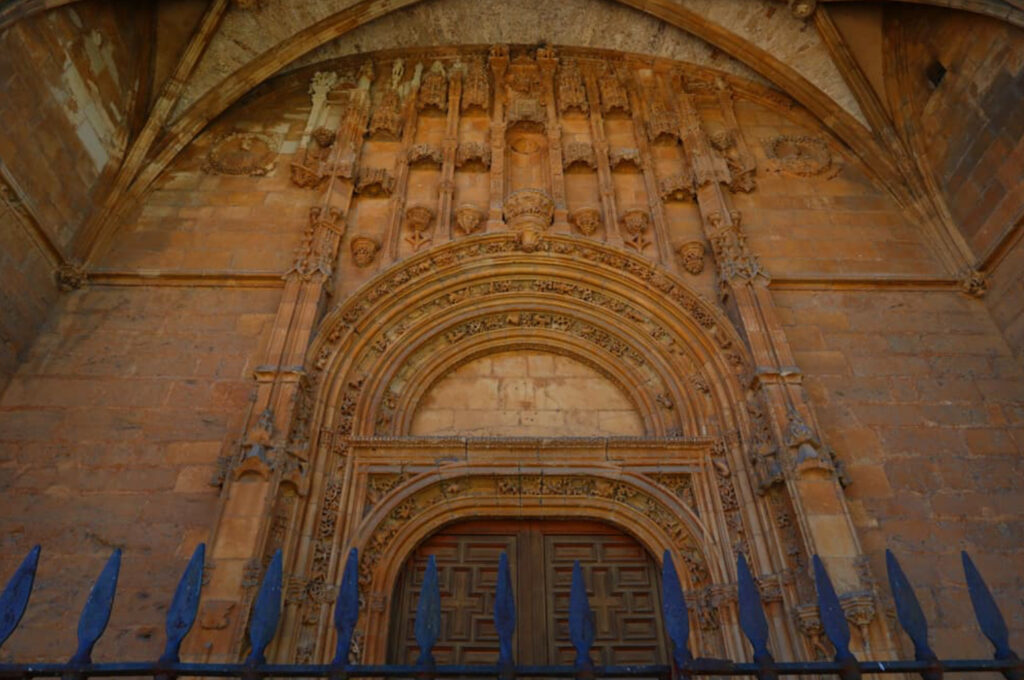
5. Palacio de los Guzmane
- A Renaissance palace dating from the 16th century, built for the noble Guzmán family.
- Today, it houses the León Provincial Council and offers tours of its impressive interiors.
6. Plaza Mayor
- The central square of León, surrounded by traditional Spanish arcaded buildings, and a popular spot for dining and socializing.
- The square hosts a vibrant market and is a great place to experience local life.
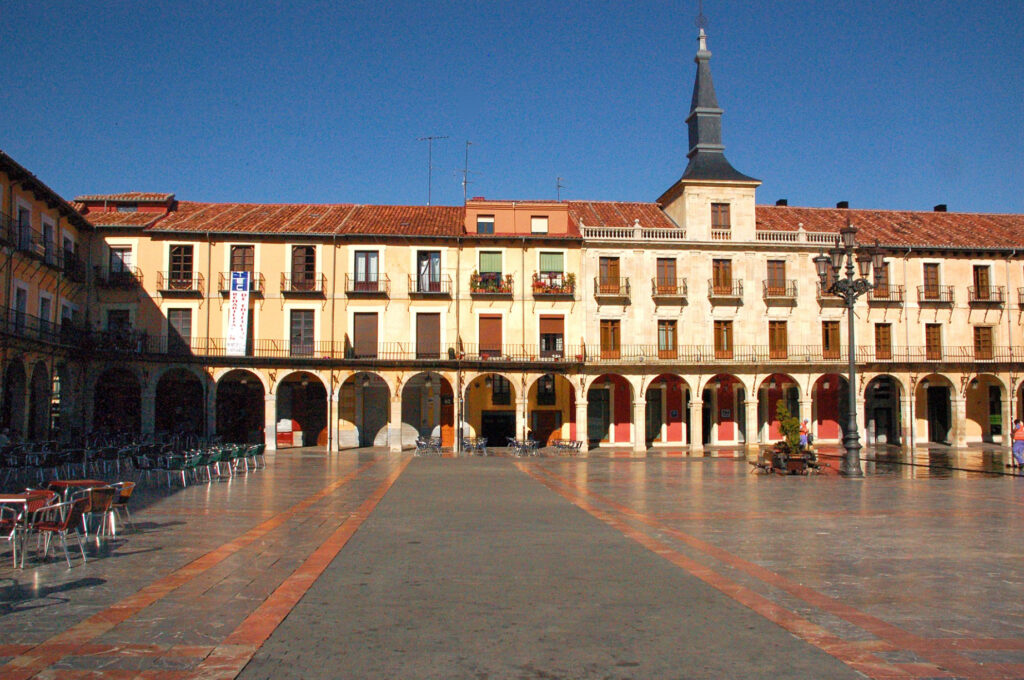
7. Roman Walls of León
- Remnants of the city’s original Roman fortifications can still be seen in parts of León, particularly around the old town.
- These walls were expanded during medieval times and are a reminder of the city’s Roman heritage.
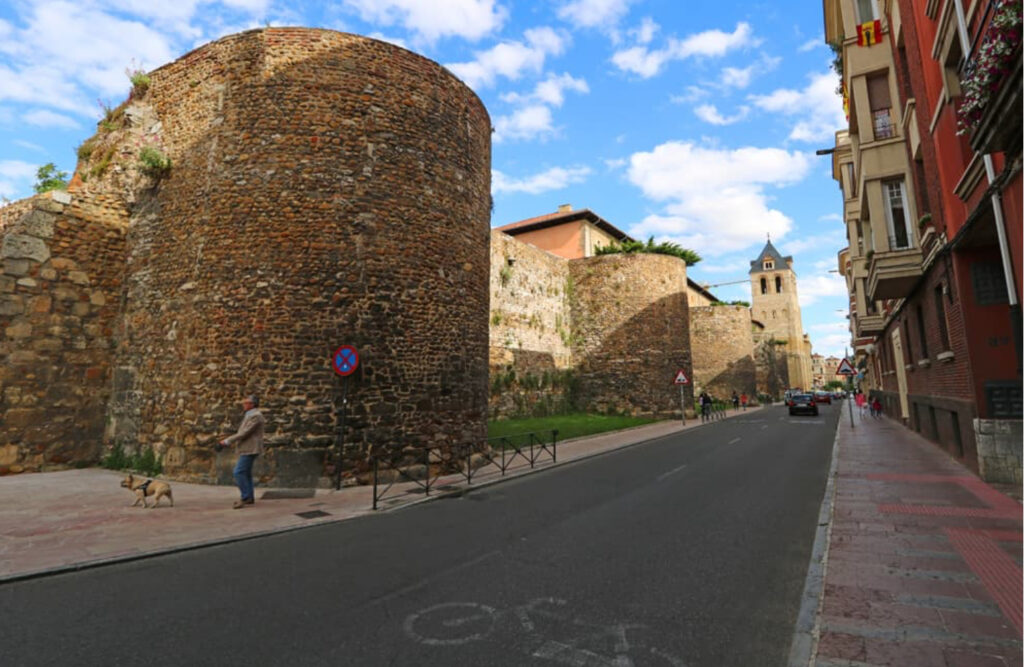
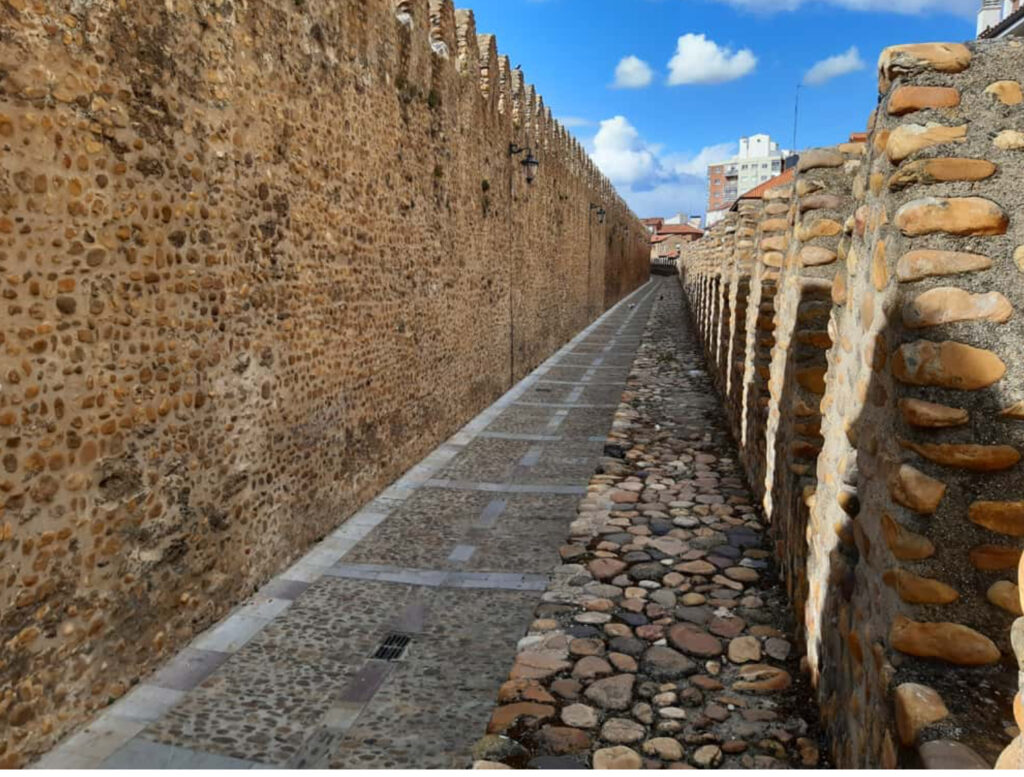
8. Museo de León
- Located near the Plaza de Santo Domingo, this museum covers León’s history from pre-Roman times through the medieval period and beyond.
- It contains Roman artifacts, medieval art, and more modern works from the region.
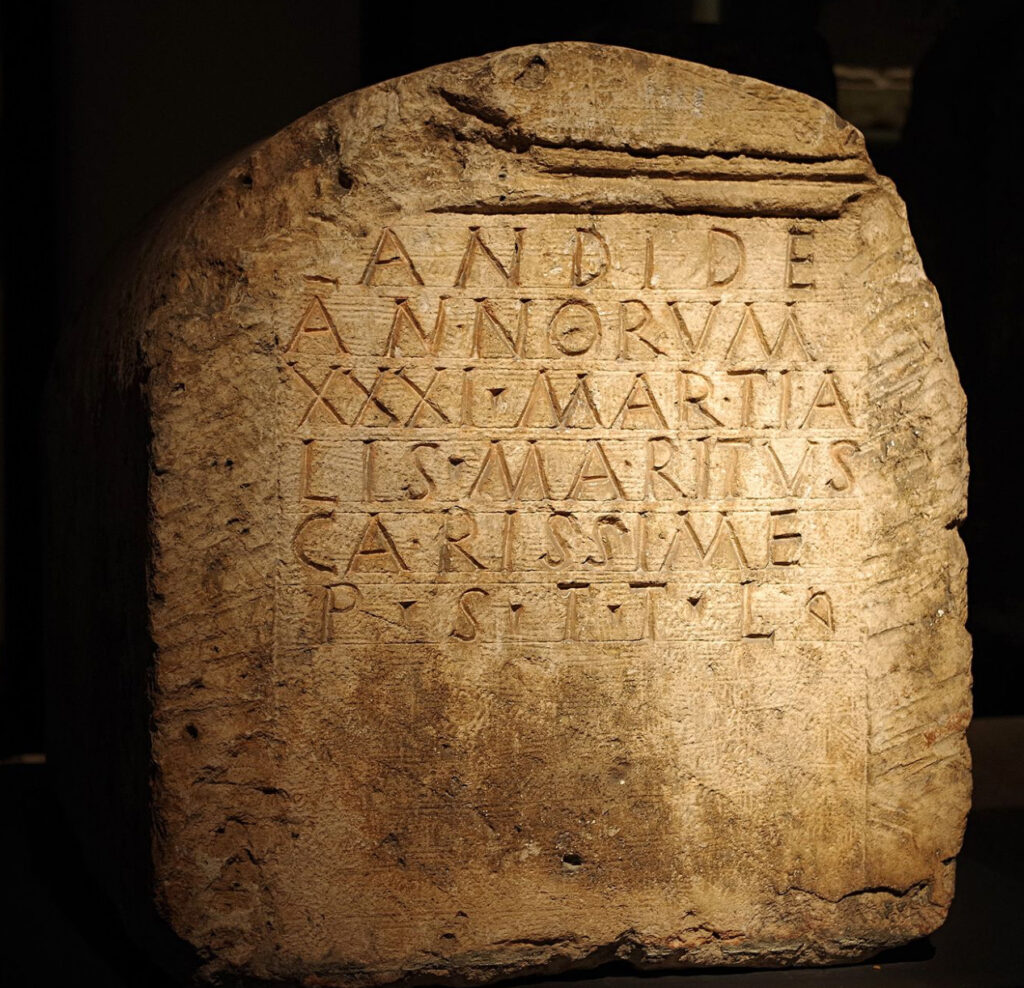
9. Church of San Salvador de Palat del Rey
- One of the oldest churches in León, built in the 10th century, it is an excellent example of Mozarabic architecture from the period of the Kingdom of León.
10. Museo Sierra Pambley
- A house-museum showcasing the 19th-century lifestyle of a wealthy Leonese family involved in cultural and educational initiatives.
11. Plaza del Grano
- A picturesque square with cobblestone paving and rustic charm, often considered one of León’s most authentic spots.
- It is surrounded by traditional houses and is home to the Church of Nuestra Señora del Mercado.
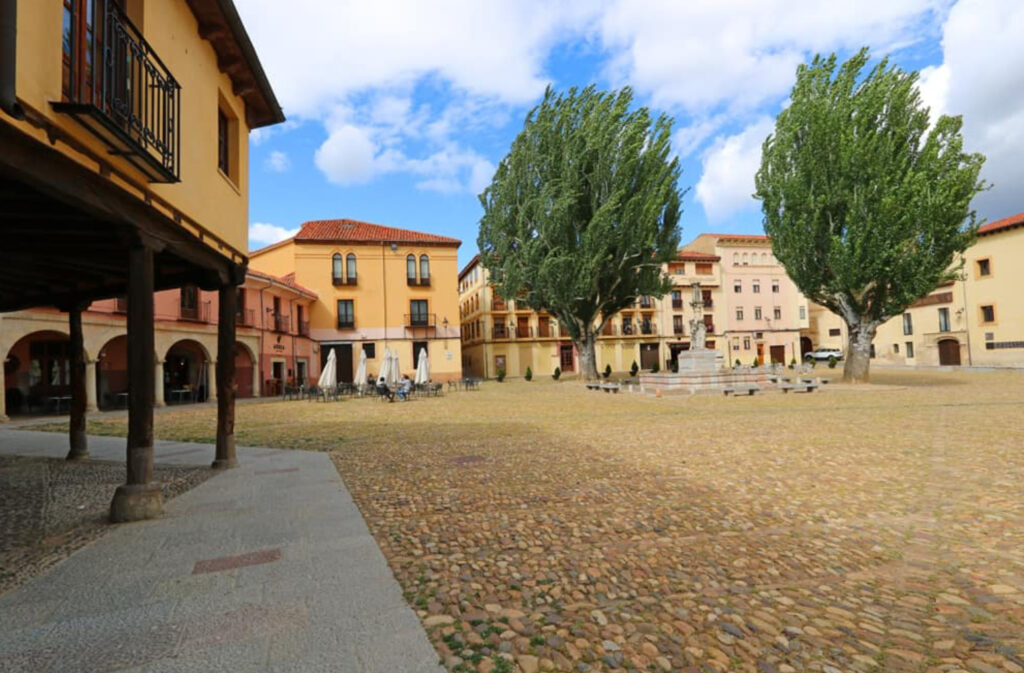
12. Camino de Santiago Route
- León is a major stop on the Camino de Santiago pilgrimage route. Pilgrims pass through the city on their way to Santiago de Compostela.
- Walking along this historic route in León offers a deep connection to the spiritual and cultural significance of the Camino.
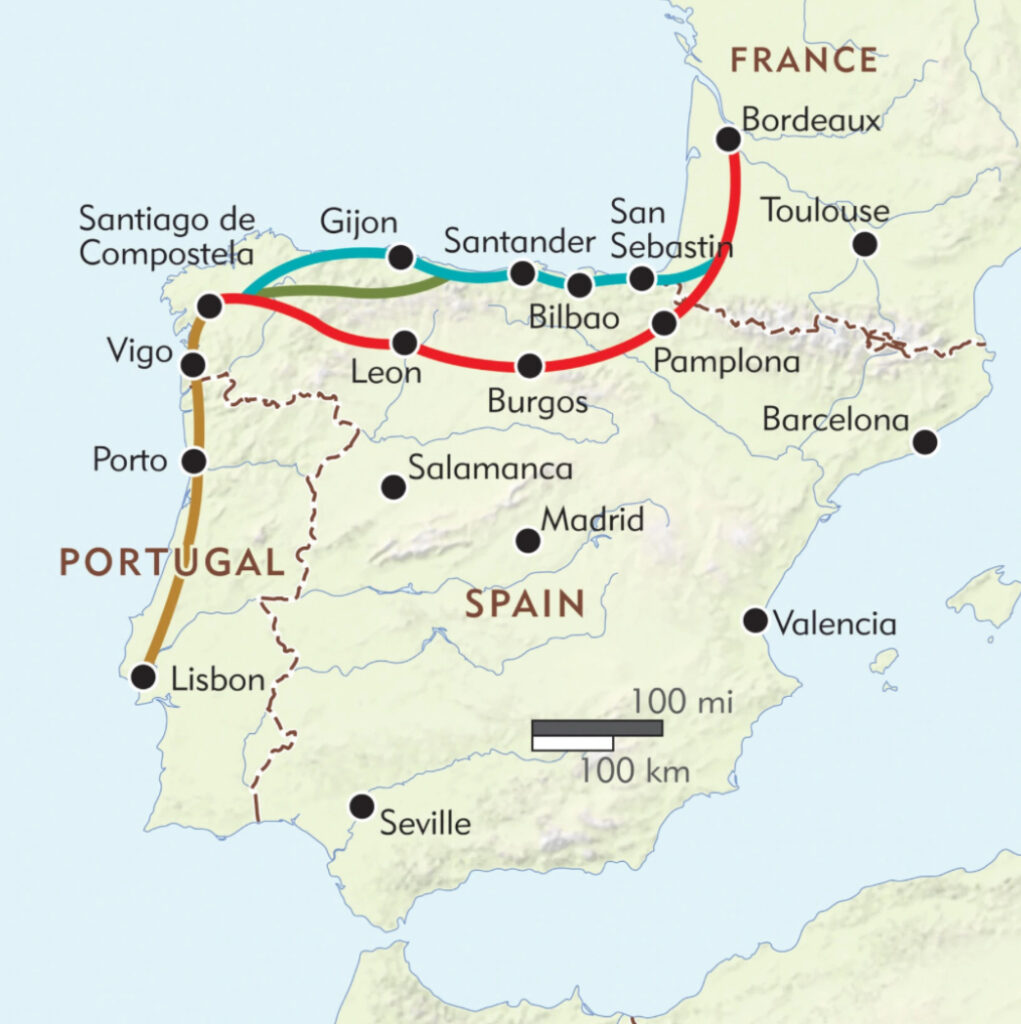
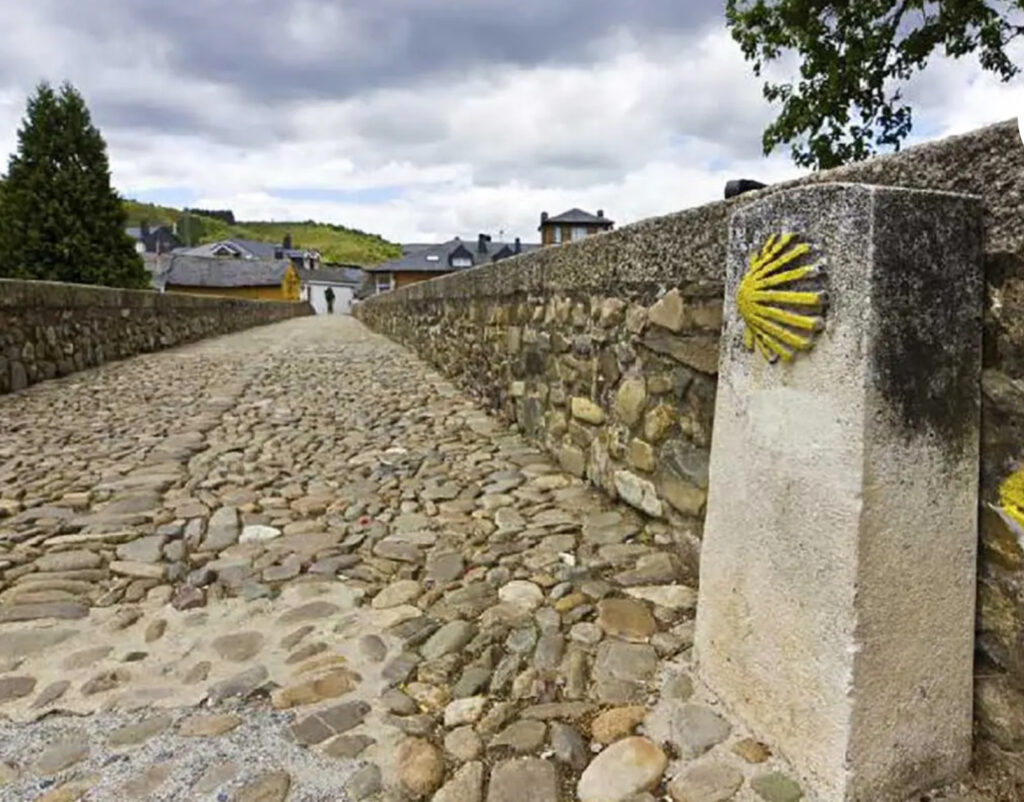
13. Puente de San Marcos
- A medieval bridge that spans the Bernesga River. It was part of the route leading pilgrims into León along the Camino de Santiago.
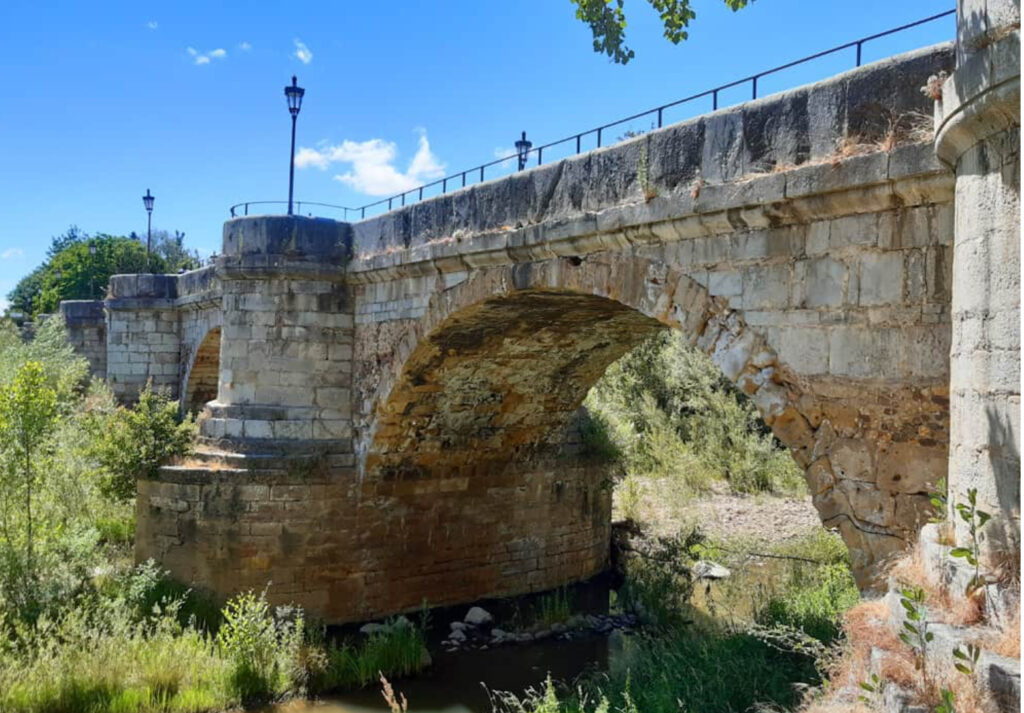
14. Museo de Arte Contemporáneo de Castilla y León (MUSAC)
- A contemporary art museum with striking modern architecture, featuring temporary and permanent exhibitions of international and Spanish contemporary artists.
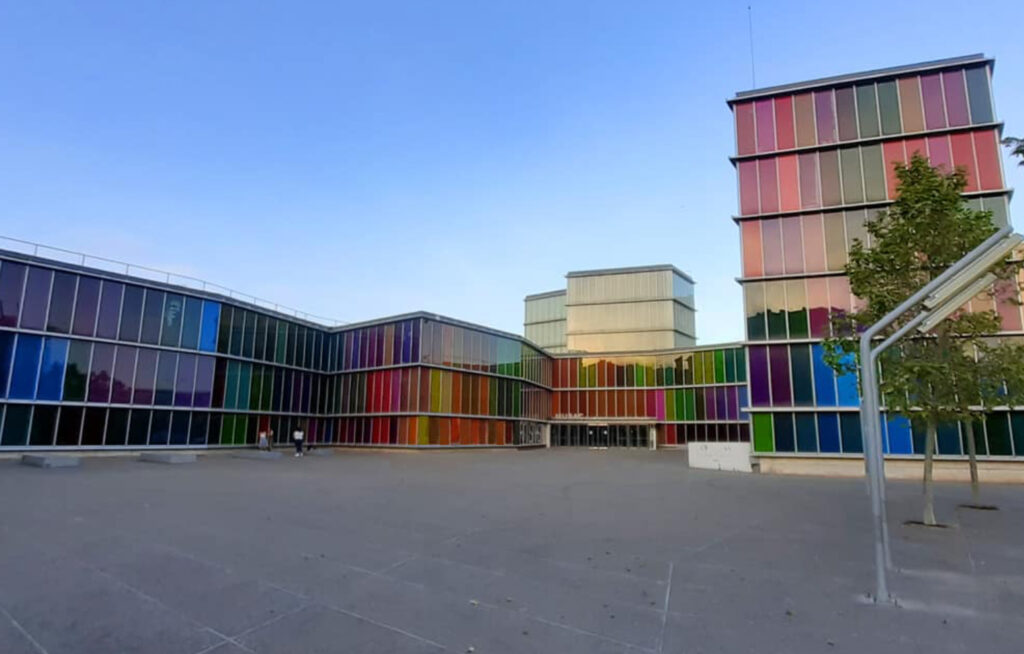
15. Palacio del Conde Luna
- A 14th-century Gothic palace that belonged to the influential Luna family.
- It now serves as a cultural center with exhibitions about León’s medieval history.
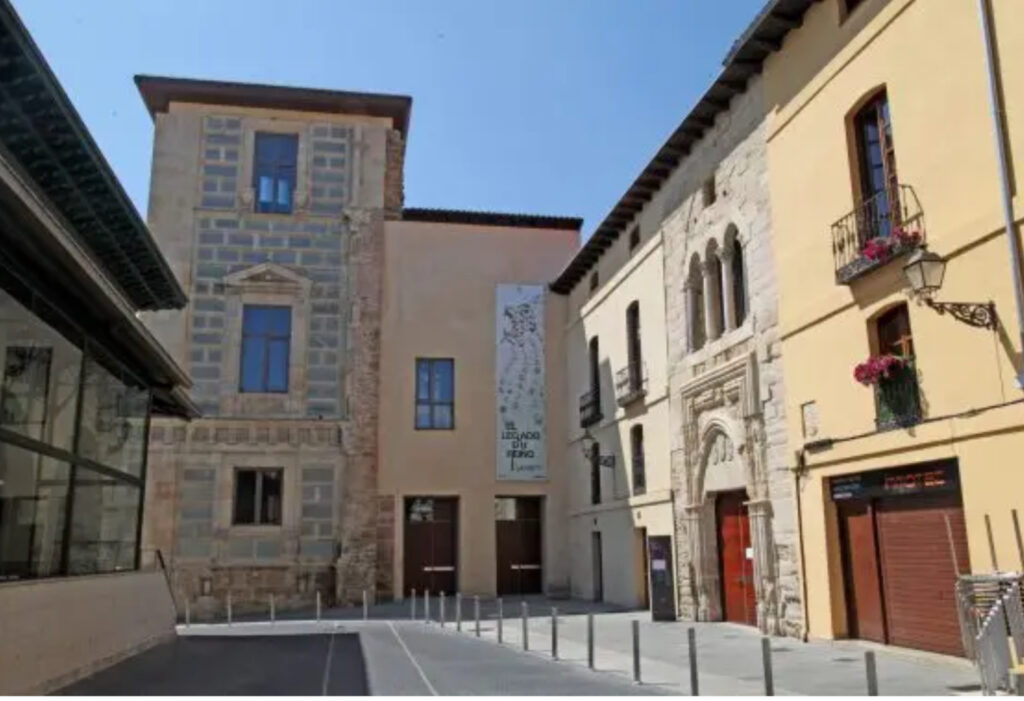
These attractions offer a mix of architectural, religious, and cultural history, making León a fascinating destination for history enthusiasts and casual tourists alike.
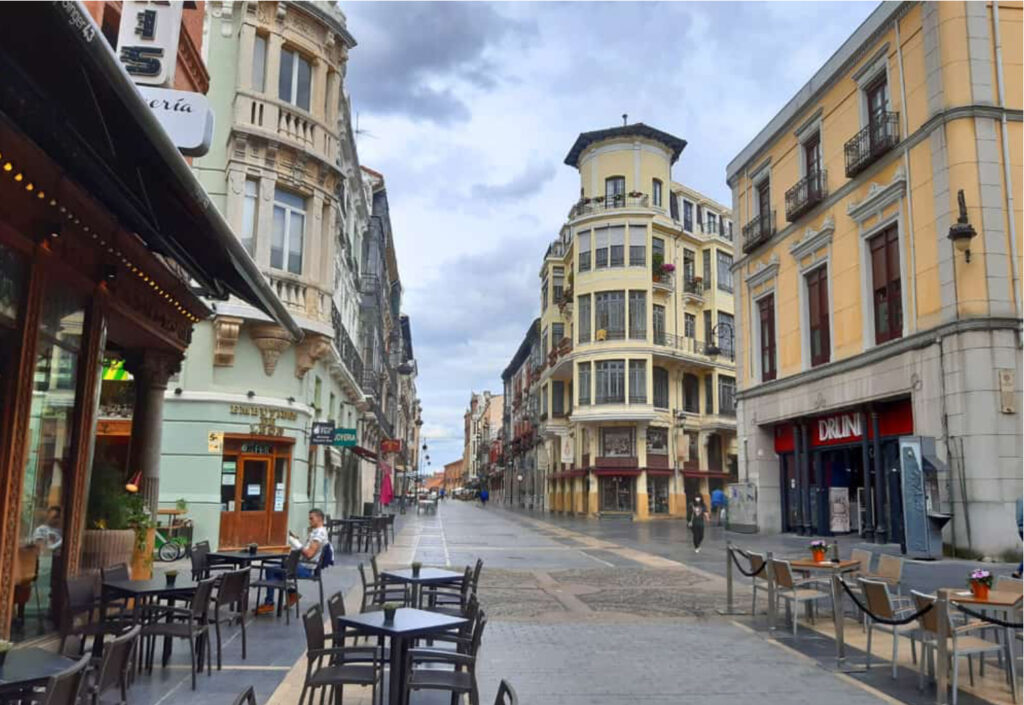
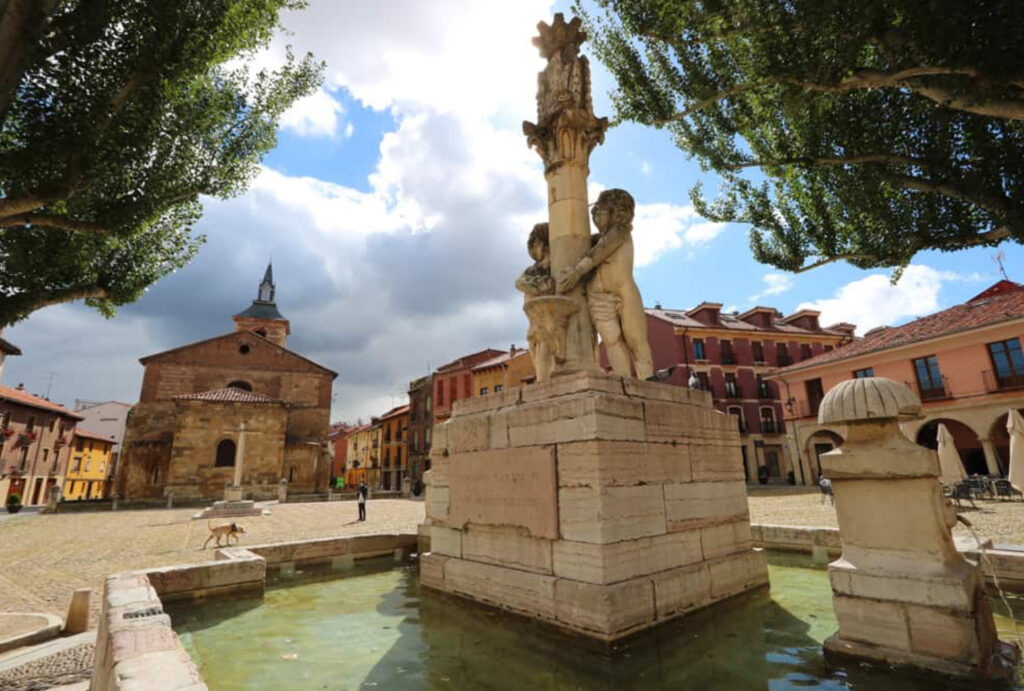
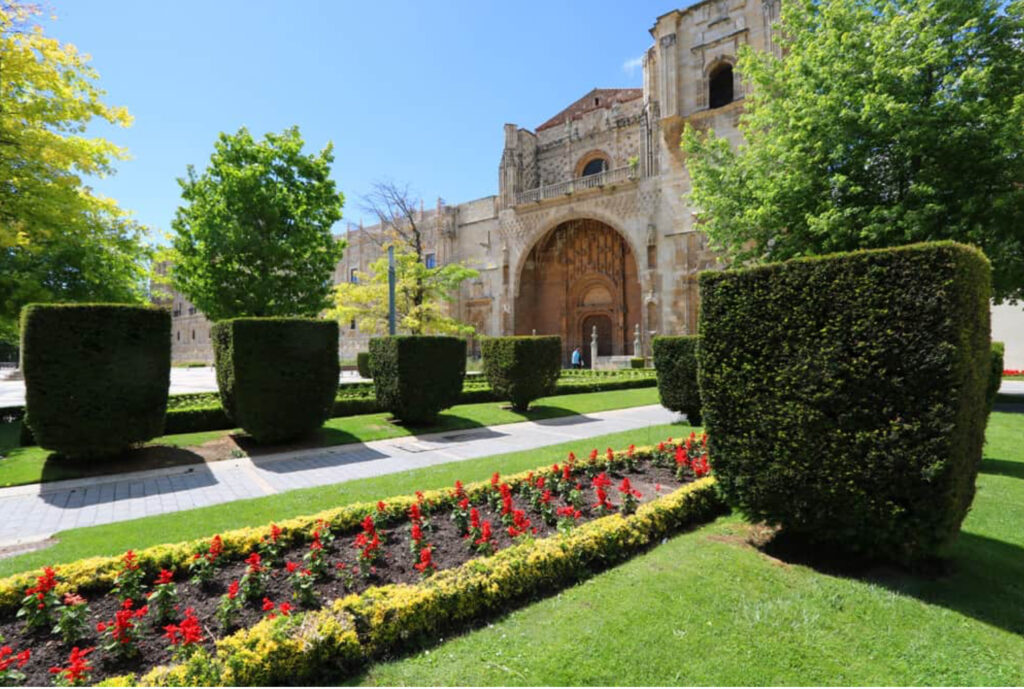
Here’s a one-day itinerary for visiting León, incorporating key historical sites and some of the city’s best local food specialties:
Morning
8:30 AM – Breakfast at “Confitería Asturias”
- Start your day with a typical Spanish breakfast at this traditional pastry shop near the León Cathedral. Try chocolate con churros or tostada de jamón (toast with ham) and a cup of strong coffee.
9:30 AM – Visit León Cathedral
- Head to the majestic León Cathedral to admire its stunning Gothic architecture and famous stained glass windows. Take a guided tour to fully appreciate the historical and artistic significance of this masterpiece.
10:30 AM – Explore the Basilica of San Isidoro
- Just a short walk from the cathedral is the Basilica of San Isidoro, home to the Pantheon of Kings with its incredible Romanesque frescoes. Spend time exploring the museum and learning about León’s royal history.
11:30 AM – Walk Along the Roman Walls
- Stroll around the remnants of León’s Roman walls, which once protected the city. Start near the Basilica of San Isidoro and walk towards the historic center. It’s a great way to soak in the medieval atmosphere.
Lunch
1:00 PM – Lunch at “Mesón Jabugo”
- For a traditional Leonese lunch, head to Mesón Jabugo, known for its local specialties. Try cocido leonés, a hearty chickpea stew with various meats, or cecina de León (cured beef), one of the region’s most famous dishes. Pair it with a local wine from the Bierzo region.
Afternoon
2:30 PM – Visit Casa Botines
- After lunch, visit Casa Botines, the unique building designed by Antoni Gaudí. The building now houses a museum where you can explore Gaudí’s architectural style and the history of the building.
3:30 PM – Coffee Break at Plaza Mayor
- Head to Plaza Mayor for a relaxing mid-afternoon break. Enjoy a coffee or caña (small beer) at one of the outdoor cafés while taking in the lively atmosphere of the historic square.
4:30 PM – Visit the San Marcos Monastery
- After your break, visit the Monastery of San Marcos, one of Spain’s most impressive Renaissance buildings. You can tour the site, which now houses a Parador Hotel and a small museum. The building’s architecture and history as a former hospital for pilgrims on the Camino de Santiago are captivating.
Evening
6:30 PM – Explore the Barrio Húmedo
- Head to León’s famous Barrio Húmedo, a lively neighborhood known for its tapas bars. Take a stroll through the narrow streets and stop for drinks and tapas along the way. Popular local tapas include morcilla de León (blood sausage), chorizo al vino (chorizo cooked in wine), and tortilla de patatas.
8:00 PM – Dinner at “Camarote Madrid”
- For dinner, dine at Camarote Madrid, a beloved local restaurant in the Barrio Húmedo. Enjoy dishes like botillo (a type of stuffed pork dish), lechazo (roast lamb), or any of the region’s hearty meat dishes. Pair it with a local red wine from the Bierzo region.
10:00 PM – Evening Stroll
- End your day with a leisurely walk around Plaza del Grano, one of León’s most charming squares. Its quiet atmosphere and cobblestone streets make for a perfect place to wind down after a full day of exploration.
This itinerary provides a balance of historical sights and local culinary experiences, offering a true taste of León’s rich cultural and gastronomic heritage.
